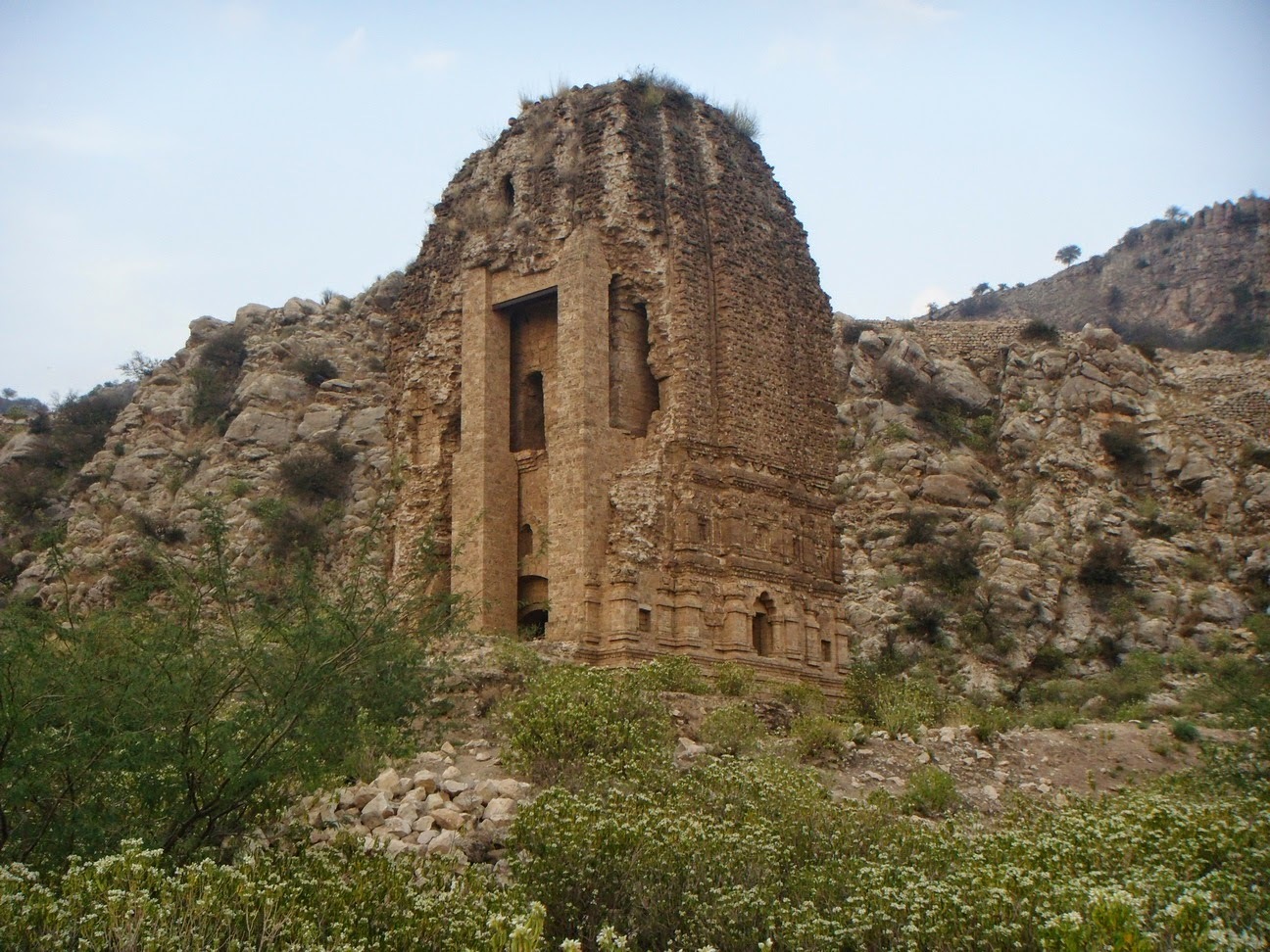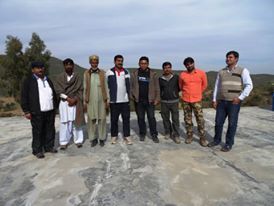Day-2 of the 5th Trekking plan in Soon Sakesar valley was accomplished on January
22nd. The trek started from Amb village and via Mahorainwala reached Uchhali. We
started at 9 am and reached the destination around 06:30 pm (nearly 14 km, total 25 km
in two days).

Shiraz Ahmed bhai and fellows joined us Amb temples in the morning. They traveled
from Lahore starting at midnight and reached temples around 9 am. We were delighted
to see them and visited Amb temples in detail. I am thankful to all Hiking Core team for
actively participating in the adventure.
At Mahorianwala village, we were generously hosted by Zahid Malik Mahorialwee sb
and his cousins. I personally and all the Hiking core team are very much thankful for
this cordial welcome, delicious lunch and our comfortable time at Mahorianwala
village. We are thankful for everything.
History of Amb Temples:
Small temple at Amb was constructed in 9th century AD and big temple construction
date has been estimate by Pakistan Department of Archaeology and University of
Pennsylvania, USA of 10th century AD. Alexander Cunningham from Archaeology
survey of India carried out structural remedial measures for big temple during 1878-79.
3rd temple was located at 8 ft to north of small temple is also documented in record but
not present today.

Amb Temples were part of Hindi Shahi Dynasty (Shahiya) that flourished from 500 AD
to 1010 / 1026 AD during the era of early medieval India. The kingdom covered present area of North Western Pakistan and Eastern Afghanistan. The kingdom was divided
into 2 eras, 1. Buddhist Shahiya from 500 to 870 AD with capital at Kabul and 2. Hindu
Shahia from 870 to 1010/1026 AD with capital at Hund village near present Swabi (KP).
Mahmood of Ghazni defeated hindu king Jaypala in 1001 AD near Peshawar and
consequently till 1026 AD conquered all area including soon sakesar valley. After 1010
AD Shahiya capital was shifted to Nandana and later on king fled to Kashmir.
